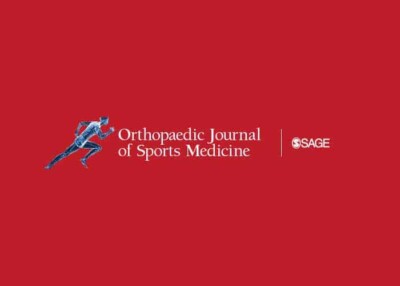
Authors:
Peter J. Millett, MD MSc, MAJ Travis J. Dekker, MD, MSc, Brandon Goldenberg, BA, Lucca Lacheta, MD, Marilee P. Horan, MPH,
Abstract
Background:
Anterior shoulder instability is a common condition in professional athletes, yet little is known about the success of surgery. Return to competition (RTC) is a metric indicative of a successful outcome for professional athletes who undergo anterior shoulder stabilization surgery.
Purpose:
To determine the rate of RTC, time to RTC, recurrence rate, and length of career after surgery in professional athletes who had undergone surgical treatment for anterior shoulder instability.
Study Design:
Case series; Level of evidence, 4.
Methods:
We evaluated professional athletes who underwent surgical treatment for anterior shoulder instability by a single surgeon between 2007 and 2018. Data from patients’ medical records, a patient data registry, basic search engines, sports websites, and individual team websites were used to determine length of professional play before injury, duration of career after surgery, and RTC level.
Results:
Overall, 23 professional athletes (25 shoulders from 12 contact and 13 noncontact athletes) were identified. The mean age at the time of surgery was 24.3 ± 4.9 years (range, 16-35 years). Primary procedures included arthroscopic Bankart repair (76%; 19/25), open Latarjet (20%; 5/25), and bony Bankart repair (4%; 1/25). Of the 23 athletes, 22 returned to their previous level of competition (96%; 95% CI, 78%-100%). The mean time between surgery and RTC was 4.5 months (range, 3-8 months). There was no difference in time to RTC between contact and noncontact athletes (4.1 vs 4.4 months). There was no difference in RTC rates and time to return for players who received a Bankart repair versus a Latarjet procedure (4.6 vs 4.2 months). A total of 12 participants were still actively engaged in their respective sport at an average of 4.3 years since surgery, while 11 athletes went on to retire at an average of 4.8 years. Duration of play after surgery was 3.8 years for contact athletes and 5.8 years for noncontact athletes (P > .05).
Conclusion:
In this series, professional athletes who underwent surgical shoulder stabilization for the treatment of anterior glenohumeral instability returned to their presurgical levels of competition at a high rate. No differences in RTC rate or time to RTC were observed for contact versus noncontact athletes or for those who received arthroscopic Bankart repair versus open Latarjet. However, contact athletes had shorter careers after surgery than did noncontact athletes.
Download the complete study: Anterior Shoulder Instability in the Professional Athlete -Return to Competition, Time to Return, and Career Length
